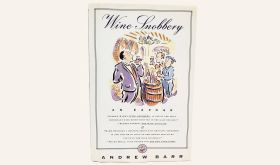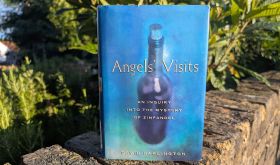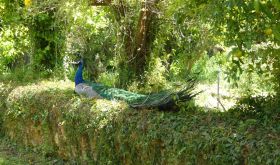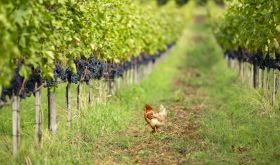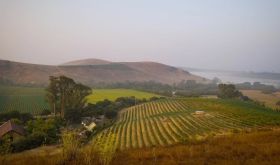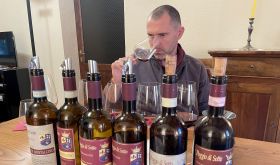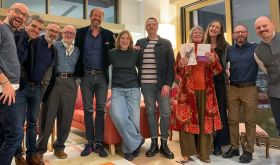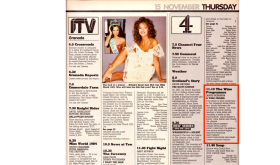Reinventing the Wheel
Milk, microbes and the fight for real cheese
Bronwen & Francis Percival
Published by Bloomsbury
ISBN 9781472955517
£17, CA$32

Every now and then you come across a book that so inspires you, so radically opens up a whole new vista in front of you, that you want to shout about it from the highest point you can find. You want everyone to read it. You feel evangelical. You even post on your Facebook page that everyone has a duty...


